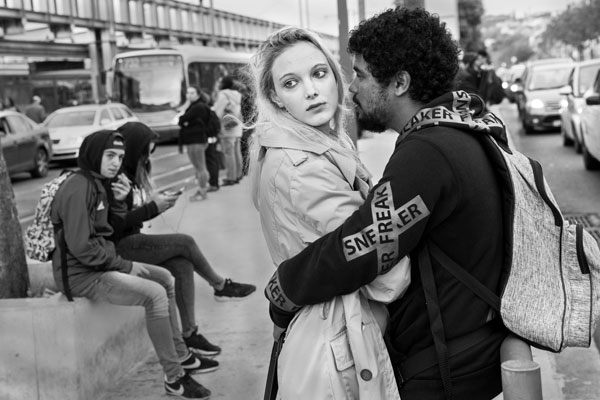A Biased View of Framing Streets
A Biased View of Framing Streets
Blog Article
Framing Streets Can Be Fun For Everyone
Table of ContentsSome Ideas on Framing Streets You Should KnowHow Framing Streets can Save You Time, Stress, and Money.What Does Framing Streets Do?The Ultimate Guide To Framing StreetsThe 30-Second Trick For Framing StreetsSome Known Facts About Framing Streets.
Photography category "Crufts Canine Show 1968" by Tony Ray-Jones Street digital photography (additionally often called honest digital photography) is digital photography performed for art or inquiry that features unmediated possibility encounters and random occurrences within public areas, generally with the aim of capturing images at a decisive or poignant moment by careful framing and timing. 
His boots and legs were well specified, but he is without body or head, because these were in motion." Charles Ngre, waterseller Charles Ngre. https://www.tumblr.com/framingstreets1/739107565559037952/framing-streets-is-a-timeless-journey-a-journey?source=share was the very first professional photographer to attain the technological sophistication needed to sign up people in activity on the road in Paris in 1851. Professional Photographer John Thomson, a Scotsman dealing with reporter and social lobbyist Adolphe Smith, released Road Life in London in twelve monthly installments beginning in February 1877
The Definitive Guide to Framing Streets
Eugene Atget is regarded as a progenitor, not due to the fact that he was the initial of his kind, yet as an outcome of the popularisation in the late 1920s of his document of Parisian streets by Berenice Abbott, who was influenced to take on a similar documentation of New York City. [] As the city created, Atget aided to advertise Parisian roads as a worthy topic for digital photography.

About Framing Streets
In between 1946 and 1957 Le Groupe des XV yearly displayed work of this kind. Andre Kertesz. Circus, Budapest, 19 May 1920 Street digital photography formed the significant content of two events at the Museum of Modern Art (Mo, MA) in New York curated by Edward Steichen, Five French Digital Photographers: Brassai; Cartier-Bresson, Doisneau, Ronis, Izis in 1951 to 1952, and Post-war European Digital Photography in 1953, which exported the principle of road photography globally.

Framing Streets for Beginners
The recording device was 'a covert video Discover More Here camera', a 35 mm Contax concealed beneath his layer, that was 'strapped to the breast and connected to a long cord strung down the ideal sleeve'. Nevertheless, his job had little modern effect as due to Evans' sensitivities about the originality of his task and the personal privacy of his topics, it was not published up until 1966, in guide Numerous Are Called, with an introduction composed by James Agee in 1940.
Helen Levitt, then a teacher of children, connected with Evans in 193839. She recorded the transitory chalk drawings - 50mm street photography that became part of kids's street society in New York at the time, along with the youngsters who made them. In July 1939, Mo, MA's new digital photography area included Levitt's operate in its inaugural exhibitionRobert Frank's 1958 publication,, was considerable; raw and often indistinct, Frank's pictures examined traditional photography of the time, "tested all the formal regulations put down by Henri Cartier-Bresson and Pedestrian Evans" and "flew in the face of the wholesome pictorialism and heartfelt photojournalism of American magazines like LIFE and Time".
Report this page